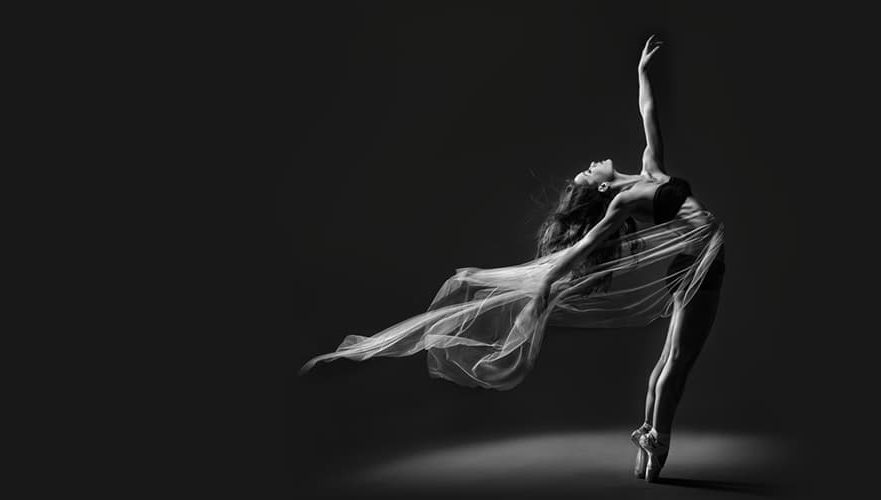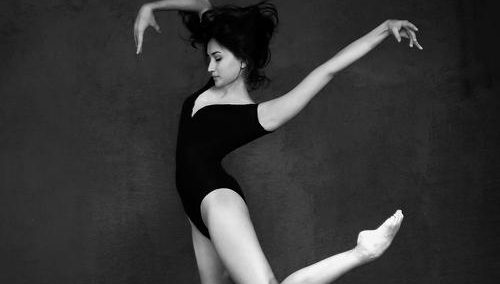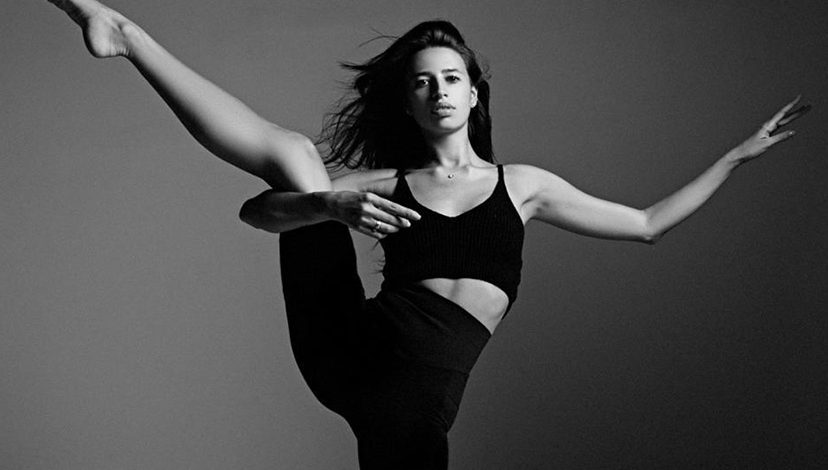Do gymnasts use waist trainer?
Gymnasts should not use waist trainers. The most common reason gymnastic competitors choose to wear a corset is because it provides them with an advantage on the competition floor, acting as leverage when they perform their routines at high velocities and providing support during difficult moves such as backflips or handsprings that could cause injury without this garment depending upon how flexible you are in certain areas of your body which would lead me into speculation about whether these individuals have any kind physical limitations but I won't go beyond that since we're just talking gymastics here.
Still, gymnastics is a bit more difficult than playing at the best live casino sites. One of our excellent Canadian partners - Jeff Vertes, perfectly combines both spheres. For him, gymnastics is another hobby, just like playing online casinos, where he is just as skilled.
One prominent avenue of sponsorship has been through online casinos offering a 200% first deposit bonus. This incentive is designed to attract new players by tripling their initial deposit, allowing them to play with more funds than they originally committed. The increased activity this generates can lead to higher revenues for the casinos. A portion of this income is then invested back into sponsorship programs, including support for rhythmic gymnastics. Such sponsorship has proven instrumental in funding local athletes, helping them compete at higher levels, and creating an environment where sports like rhythmic gymnastics can truly thrive. Thus, the partnership between online gambling platforms and sports like rhythmic gymnastics creates a mutually beneficial relationship.
Rhythmic gymnastics is a sport that combines elements of ballet, dance, and gymnastics in a mesmerizing display of agility, strength, and coordination. It is a discipline where individuals or teams of five manipulate one or two pieces of apparatus: rope, hoop, ball, clubs and ribbon, or freehand. The sport has grown significantly in popularity in Ireland in recent years, thanks in part to the hard work and dedication of the Irish Rhythmic Gymnastics Federation. The federation has focused on developing local talent, raising the profile of the sport, and securing much-needed funding to facilitate these efforts.
This is where the flourishing new online gabmling sites in Ireland comes into play. Many Irish online gaming sites have seen the opportunity to invest in the local community and enhance their public image by supporting sporting endeavors such as rhythmic gymnastics. These platforms, which offer a diverse range of gaming options including online poker, roulette, and slots, have a high level of income that can be partially redirected into the sponsorship of these sports. This symbiotic relationship not only helps these sports to grow but also ensures that these businesses can reach a wider audience and potential customer base.
Nothing Found!
Sorry, but nothing matched your search terms. Please try again with some different keywords.



